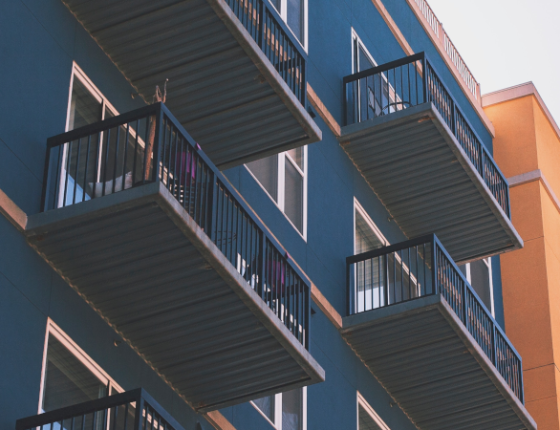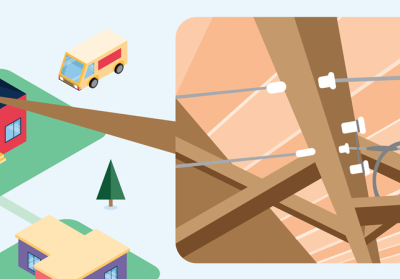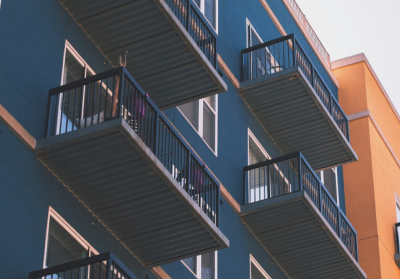What to do About Secondhand Smoke at Home
Resources and advice on dealing with secondhand smoke in your home, including apartment buildings.
According to the American Lung Association, secondhand smoke from burning tobacco products like cigarettes, cigars, or pipes contributes to more than 41,000 deaths each year. Secondhand smoke from even one person smoking inside a home or apartment building can drift into other rooms or units, leading to health problems and reduced quality of life.
A CEE research report on secondhand smoke in apartment buildings found that 49 decision makers who managed 27,116 rental units in Minnesota were aware of some smoke transfer in their buildings. However, most felt it was rarely or never a significant factor in tenants' decisions to rent. But in fact, renters are looking for healthy and pleasant places to live.
Some highlights from the study:
- Of the households surveyed, 48 percent reported that at times tobacco smoke enters their apartment from elsewhere. Of these, 10 percent said this occurs often or most of the time.
- Of those experiencing secondhand smoke transfer, 37 percent said it bothered them a lot or so much that they were thinking of moving.
- Of all survey responders, 54 percent said they would be very likely to choose a smoke-free building, all other things being equal, and 34 percent would be willing to pay more to live in one.
What’s the law?
- Smoking in common areas of rental apartments is prohibited.
- In Minnesota, there is no law that prohibits smoking in individual units, even if it results in smoke particles transferring to other units.
- Landlords are capable of requiring individual units or entire buildings to be smoke-free.
- As of July 2018, all public housing must be smoke-free.
What are your rights as a tenant?
You are not alone! You have the right to approach your landlord about a secondhand smoke problem. Use the resources listed below to gather facts and information on the benefits of a smoke-free apartment building.
Outside Resources

Questions about your home energy? Let's talk!



